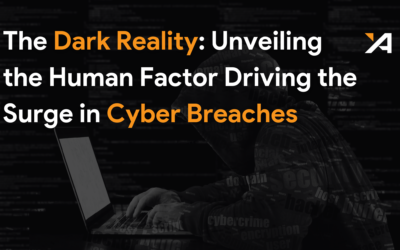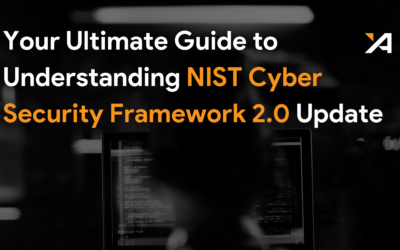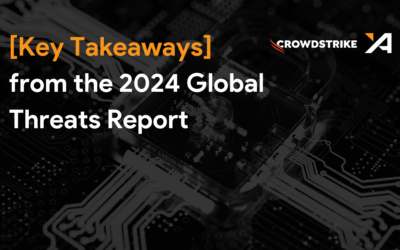SOC 2, NIST CSF, and ISO 27001 are all different frameworks that organisations can use to improve their cybersecurity and data protection efforts. Each framework has its own set of requirements, and they all have different purposes, although there are some similarities among them.
The differences
- SOC 2: SOC 2 is a set of security and privacy standards for service providers that handle customer data. SOC 2 reports assess the design and operational effectiveness of the service provider’s controls and are typically used by service providers and their customers to evaluate the security and privacy of a service provider’s systems. SOC 2 reports can be Type 1 or Type 2. Type 1 report which provide a description of a service organisation’s system and the controls in place, as of a point-in-time, and a Type 2 report, which evaluates the operating effectiveness of the controls for a period of time. To obtain SOC 2 certification, an organisation will need to engage a third-party auditor to conduct the SOC 2 examination.
- NIST CSF: NIST CSF is a cybersecurity framework developed by the National Institute of Standards and Technology (NIST). The NIST CSF provides a structure for organisations to manage cybersecurity risks and improve their cybersecurity posture. It is designed to be flexible and adaptable, and organisations can use it to identify, assess, and prioritise their cybersecurity risks and implement controls to mitigate those risks.
- ISO 27001: ISO 27001 is an international standard that outlines requirements for an information security management system (ISMS). Organisations can use ISO 27001 to establish, implement, maintain, and continually improve their information security management system. ISO 27001 certification provides a formal, internationally recognised certification of an organisation’s information security management system.
Which one is more difficult to implement?
Regarding which framework is more difficult, it depends on the size of the organisation and the complexity of the systems and controls that are in place. All of the mentioned frameworks require a comprehensive documentation and audit process. SOC 2 and ISO 27001 have a more defined set of requirements that organisations need to comply with, making it more rigorous in terms of documentation and implementation. While the NIST CSF is more flexible, it requires a thorough understanding of your organisation and its risk posture.
The speed of implementation for SOC 2, NIST CSF, and ISO 27001 will depend on the size of your organisation and the complexity of your systems and controls. However, generally speaking, NIST CSF may be faster to implement compared to SOC 2 and ISO 27001 because of its flexible nature.
The NIST CSF is designed to be flexible and adaptable to the specific needs of an organisation so that it can be implemented quickly and efficiently. The process starts with identifying and assessing the cybersecurity risks that the organisation faces and then prioritises those risks. Based on the organisation’s specific needs, a set of controls can be chosen to address those risks.
How much does it cost?
Regarding implementation cost, it depends on the size of the organisation and the complexity of the systems and controls that are in place, but generally, SOC 2 is the most expensive to obtain compared to NIST CSF and ISO 27001, because of the involvement of a third-party auditor, and the cost of the audit.
A rough estimate for the implementation cost of SOC 2, would be around $50,000 to $150,000, depending on the size of the organisation, the complexity of its systems and controls, and the type of SOC 2 report (Type 1 or Type 2) that is being sought.
A rough estimate for the implementation cost of NIST CSF would be around $10,000 to $50,000, depending on the size of the organisation, the complexity of its systems and controls, and the level of sophistication of the cybersecurity program that is being implemented.
A rough estimate for the implementation cost of ISO 27001 would be around $20,000 to $80,000, depending on the size of the organisation, the complexity of its systems and controls, and the level of maturity of the organisation’s existing information security management system.
Talk to us, and we can guide you through the process!







